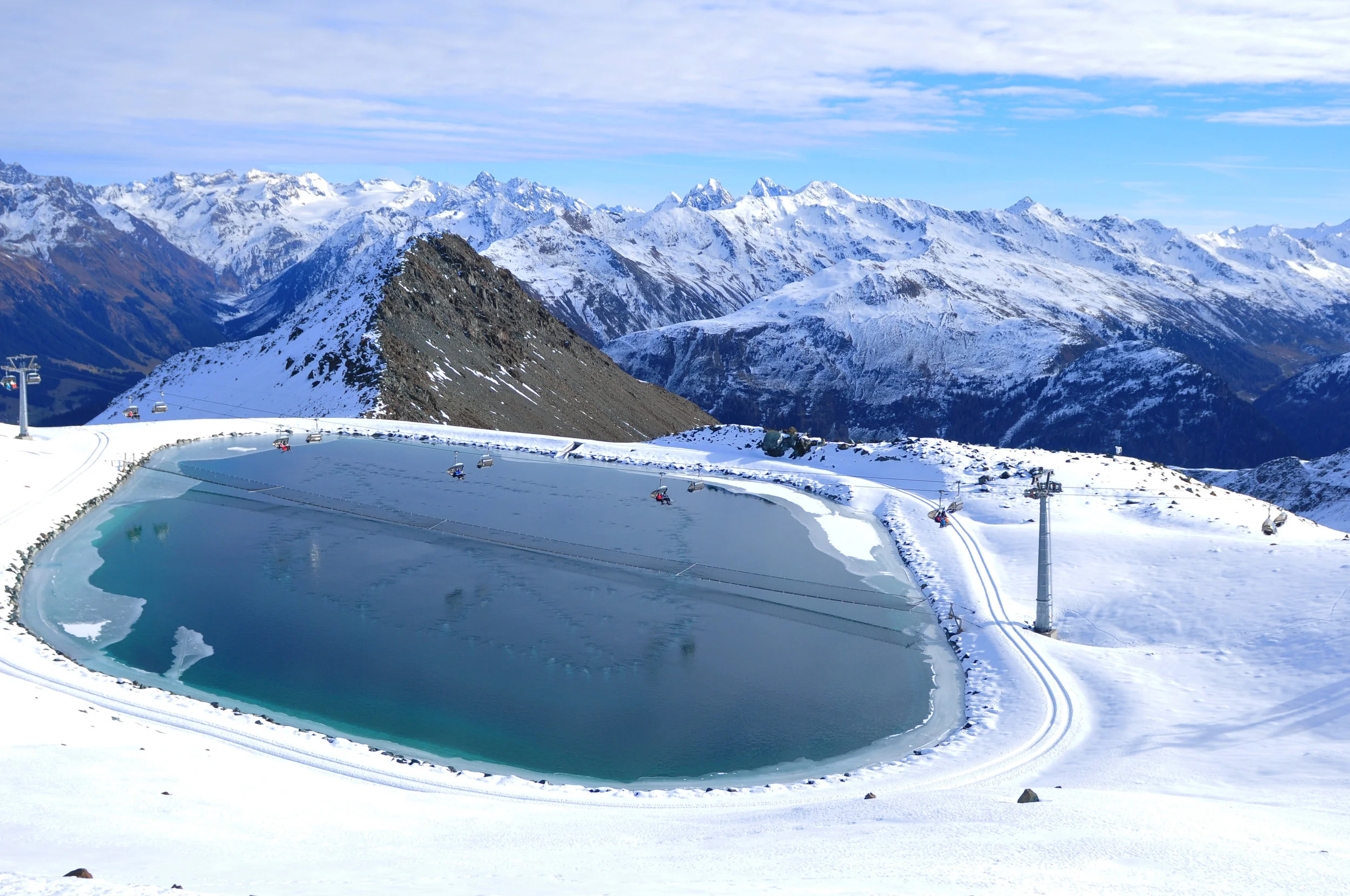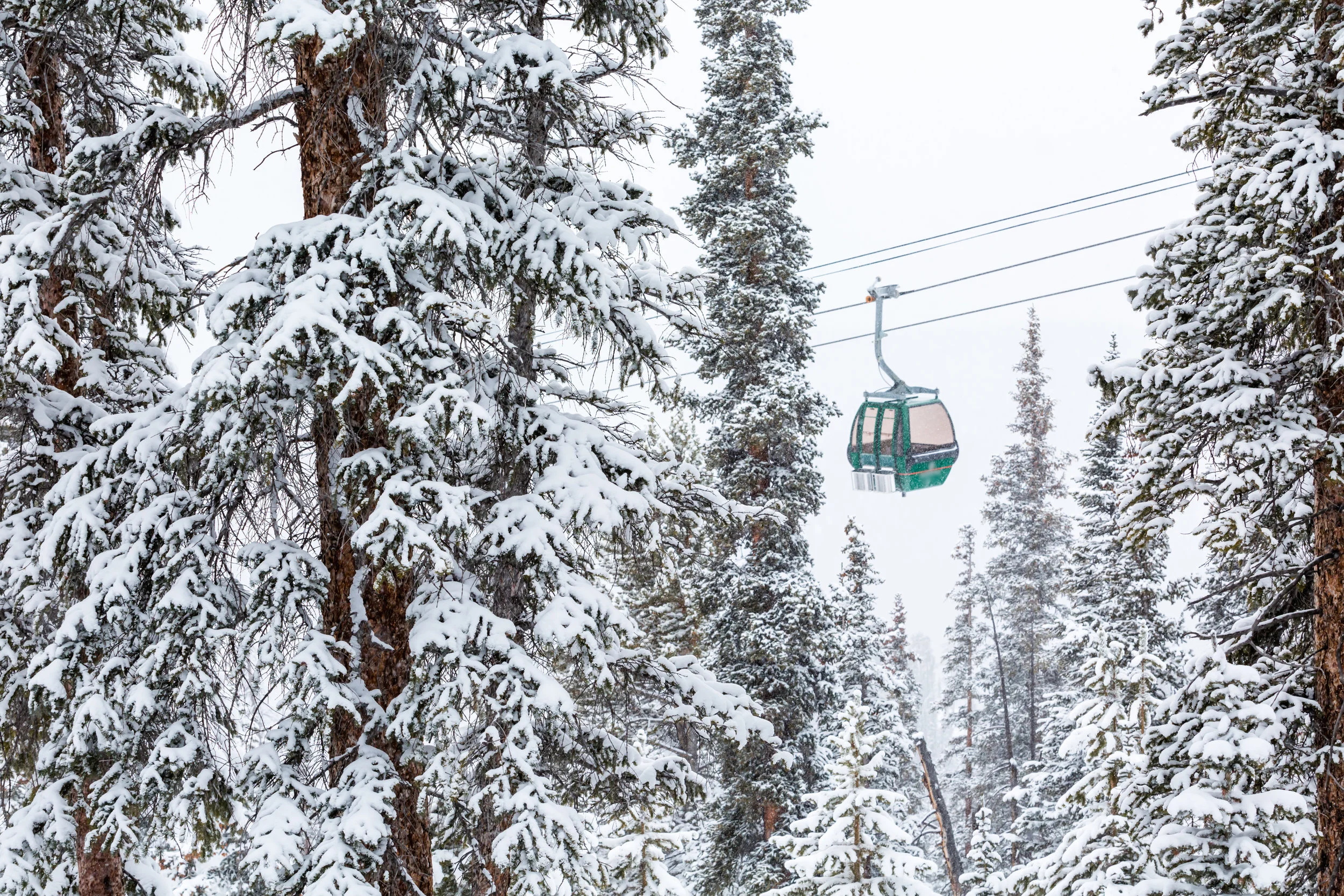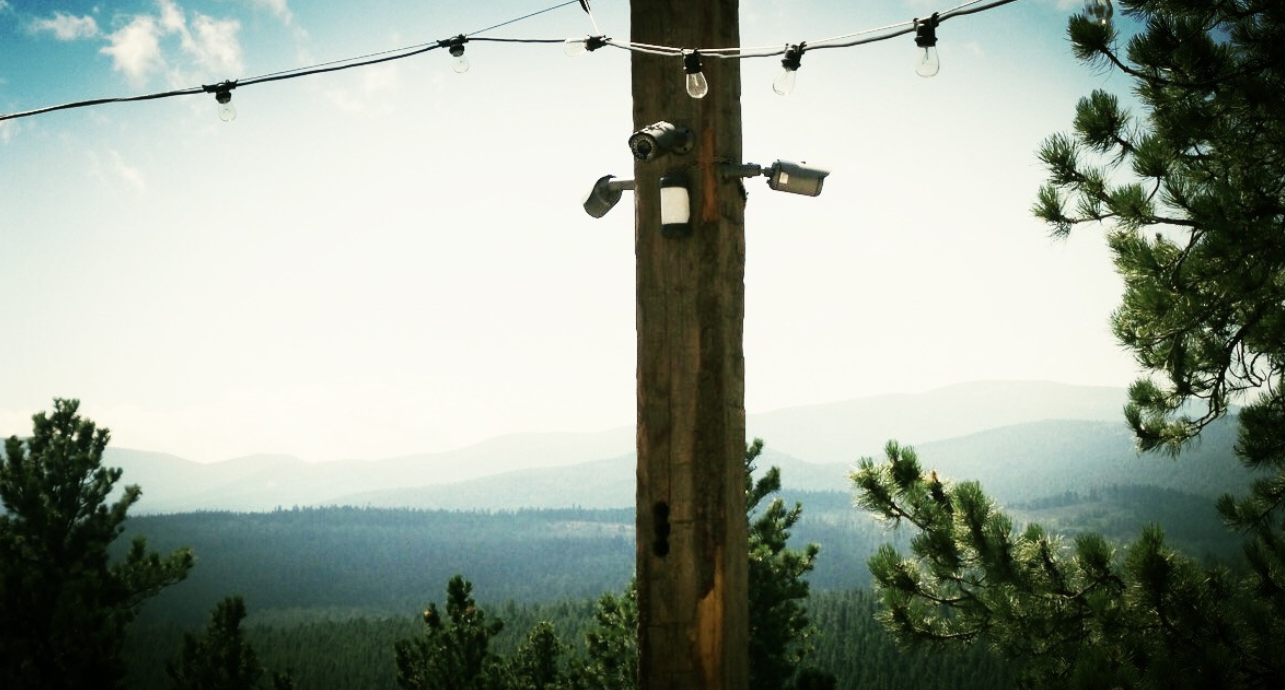Mobalysis created artificial intelligence to alert skiers/snowboarders when snowfalls at resorts. Re-purposing this technology, Mobalysis was able to establish a use-case for summertime.
Re-purposing Mobalysis artificial intelligence, security cameras could work as an early warning system for wildfires. (Raw Video Credit: Nest.com footage of Southern California’s Holy fire.)
By crowd-sourcing smart home security cameras facing high-risk areas for wildfire, the AI becomes an early warning system.
Steve Bowen, Impact Forecasting Director and Meteorologist, said: "With annual wildfire industry payouts expected to exceed $10 billion for the second consecutive year in the United States, the standard assumption of wildfire being a secondary peril may evolve in the future. While insurers remain firmly in position to handle the volume of claims in the aftermath of recent events, these heightened losses put a further spotlight on the growing risk of the peril around the world. The growth of exposure into known fire locations and the prospect of more weather and climate-driven effects will require continued focus on mitigation initiatives." (Source: Aon Benefits consulting firm)
With personal and business home security cameras on the rise, some $48.5 billion in revenue in 2018 and growing (Source: Forbes - Why Today’s Security Cameras are Already Obsolete, 16Aug2018), ever-watchful electronic eyes are increasing in number faster than ever. Imagine tapping in to this grid of sentinels staring at the mountains and forests from neighborhood front porches?! Better yet why don’t insurance companies, fire departments, emergency government agencies, give discounts to these houses and businesses on the wildfire front lines? “Keep your cameras on and we pay you!” Certainly we can all agree on a number far less than the $10 billion in damages ALREADY being caused by wildfires.
Security cameras near edge of forest. Photo Credit: Mike Haldas
This test case is still in the planning / funding phase. First, a study gathering information on security cameras facing high-risk areas for wildfire would be needed to determine / project feasibility. Next get the A.I. into the hands of participants through leading brands like Nest, Arlo, and D-Link.
Interested in helping out? Leave us a note.







